International Birnstiel Award 2022: Six brilliant young scientists selected
In its fourth year, the International Birnstiel Award for Doctoral Studies in Molecular Life Sciences left all turbulences of the pandemic behind and is fully back on track: the six brilliant young scientists that will receive the award in December are Margarete Diaz Cuadros (Harvard Medical School), Christy Hong (University Medical Center Groningen), Ioannis Sarropoulos (Heidelberg University), Marta Seczynska (University of Cambridge), Michael Skinnider (University of British Columbia), and Zhexin Wang (Max Planck Institute of Molecular Physiology).
Exactly 100 institutions from around the World followed the call of IMP and Max Birnstiel Foundation to nominate their star PhD student of any molecular life science discipline from the previous year. In its fourth year, the award has become a well-established affair, with the steep competition ensuring that being selected for a Birnstiel Award is an exceptional achievement.
“Selecting the best from a list of talent that is already extremely refined is always a challenge,” said one member of the selection panel. “This year, we noticed that the nomination process and the pre-selection by nominating institutions are great at promoting real leaders of their generation. The 2022 nominations echoed the rise of computational work, and it is fantastic seeing how this and other ‘hot’ fields are driving by young people.”
International Birnstiel Award: Laureates of 2022
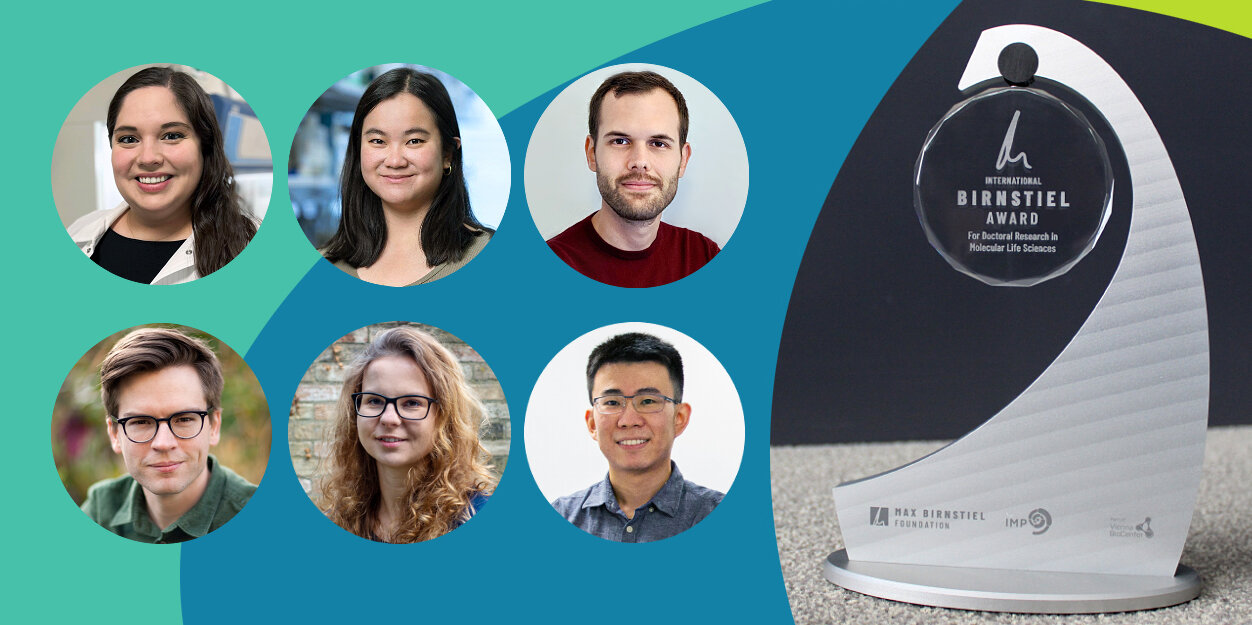
The six awardees will receive a certificate, trophy, and prize of 2,000 Euro at a ceremony in Vienna later this year. While any academic institution in the world is entitled to submit a nomination, nominations are limited to one per institution or PhD programme. Due to this highly competitive selection process, the Birnstiel Award has become a highly prestigious accolade for emerging leaders in molecular life science research.
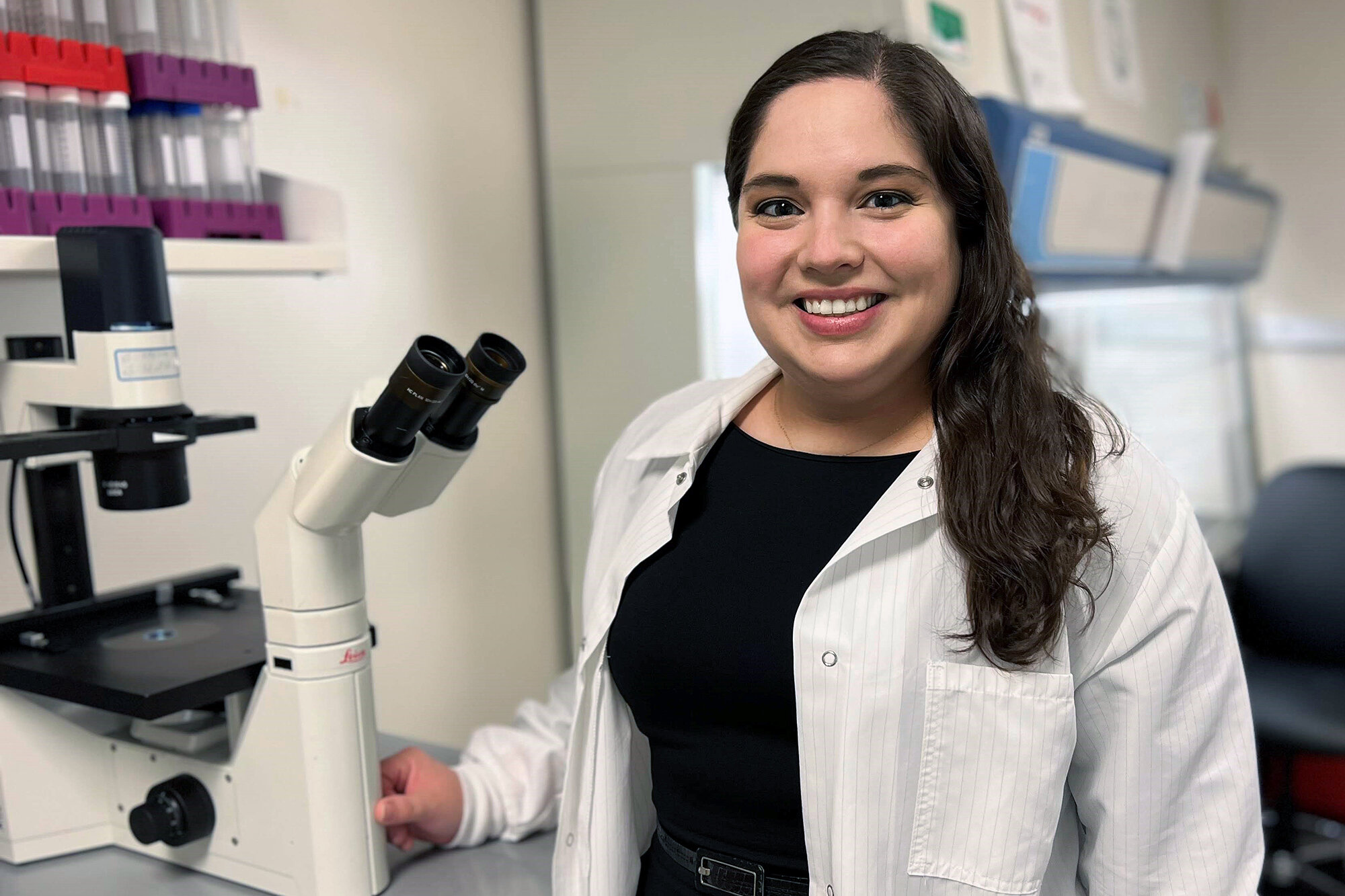
Margarete Diaz Cuadros, Harvard Medical School
Supervisor: Olivier Pourquie
All mammalian embryos undergo a highly conserved sequence of developmental events, but different species complete this sequence at significantly different speeds. To study species-specific developmental rates, Margarete Diaz Cuadros established in-vitro models of the mouse and human segmentation clock. This clock controls the production of vertebral precursors and provides a quantitative measure of developmental rate. Using this system, Diaz Cuadros uncovered that accelerated metabolism in mouse cells compared to human cells gives rise to faster protein production, which ultimately allows mouse cells to differentiate and proliferate faster than human cells. In the long term, these findings will provide a basis for the acceleration of human pluripotent stem cell differentiation for disease modelling and cell-based therapies.
Before joining Harvard Medical School in 2015, Margarete Diaz Cuadros did her undergraduate studies at Columbia University, New York. She became an independent fellow and started her own lab at Massachusetts General Hospital and Harvard Medical School earlier this year.
Featured Publication
Diaz Cuadros, M., et al. (bioRxiv, 2021): “Metabolic regulation of species-specific developmental rates”. DOI: 10.1101/2021.08.27.457974
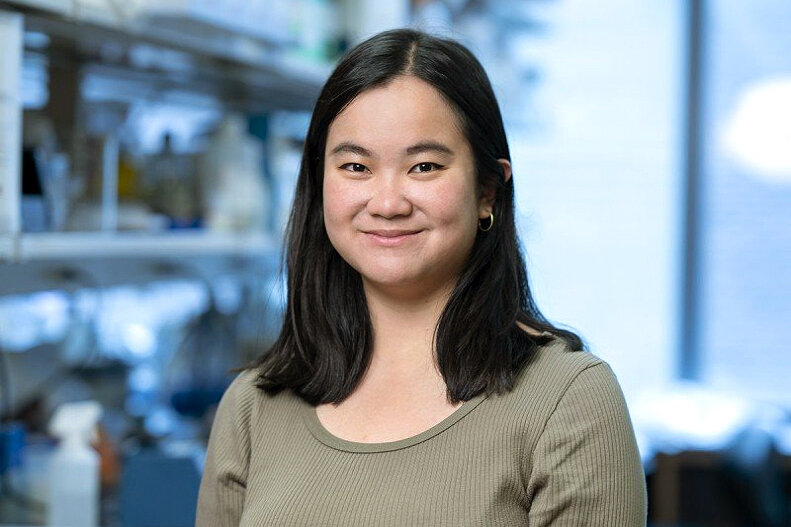
Christy Hong, University Medical Center Groningen (UMCG)
Supervisor: Floris Foijer
Chromosomal instability (CIN) is a hallmark of cancer and often associated with therapeutic resistance. Christy Hong investigated the complex relationship between CIN and inflammatory signalling, focussing on the cGAS-STING pathway. This pathway is activated upon rupture of a structure called micronuclei, arising from chromosome mis-segregation. CIN fosters metastasis via chronic activation of cGAS-STING. Hong discovered a previously unknown pro-tumorigenic function of cGAS-STING: the pathway induces downstream signalling of IL6-STAT3, which promotes the survival of CIN cancer cells; a blockade of the IL6-STAT3 axis selectively inhibits the growth of CIN tumours.
Christy Hong did her undergraduate studies in molecular biomedical science at the Hong Kong University of Science and Technology (HKUST). She moved to the Netherlands in 2015 to pursue first a master’s and then a PhD at the University Medical Center Groningen (UMCG). Earlier this year, Hong has become a postdoctoral researcher at the Memorial Sloan Kettering Cancer Center (MSKCC) in New York.
Featured Publication
Hong, C., et al. (Nature, 2022): “cGAS–STING drives the IL-6-dependent survival of chromosomally instable cancers”. DOI: 10.1038/s41586-022-04847-2
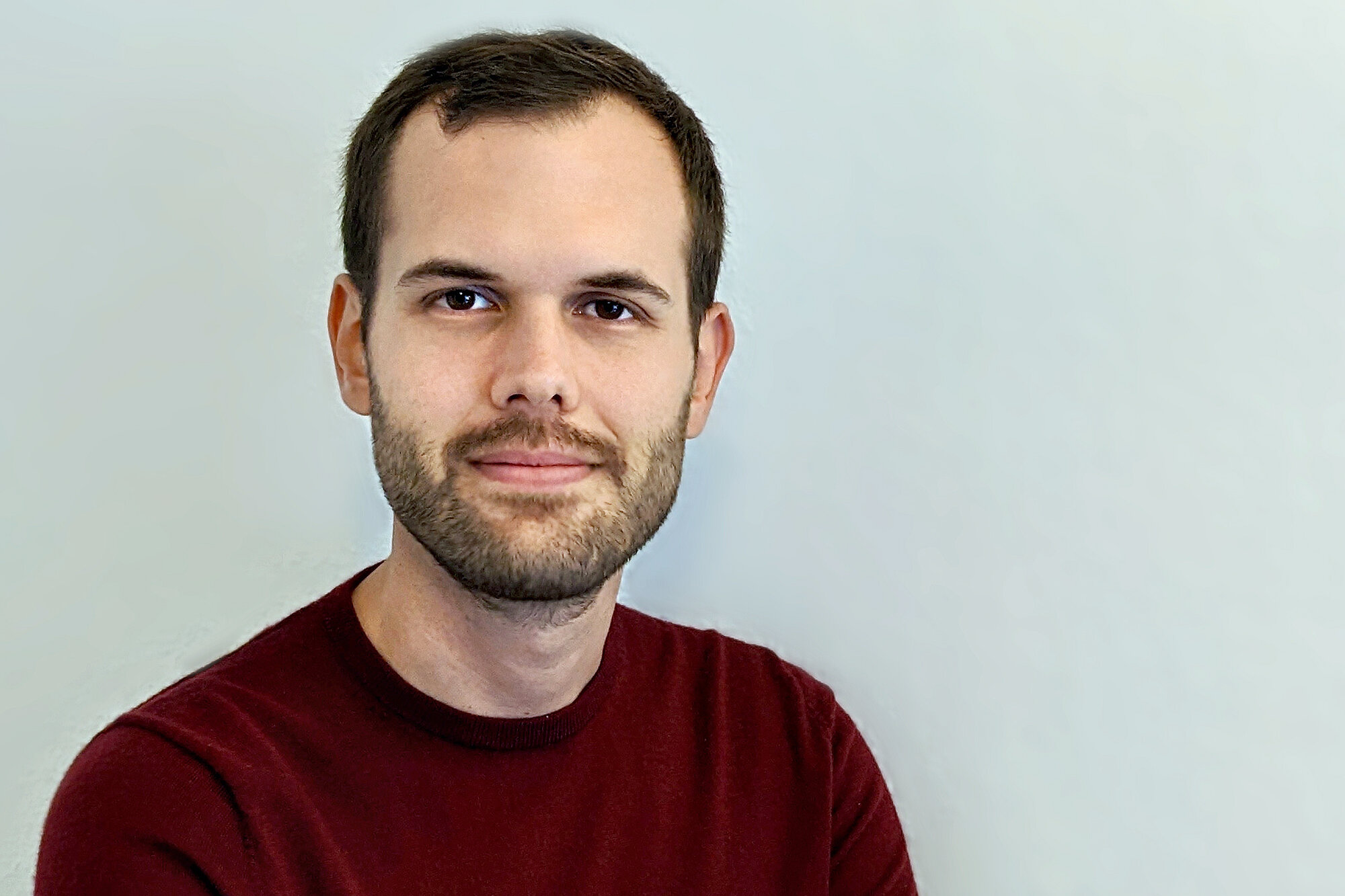
Ioannis Sarropoulos, Heidelberg University
Supervisor: Henrik Kaessmann
Protein-coding sequences only cover between one and two percent of a typical mammalian genome. The remaining non-coding space hides thousands of genomic elements, many of which determine where and when genes are expressed. During his PhD, Ioannis Sarropoulos screened large-scale transcriptomics and epigenomics datasets covering different organs and cell types for non-coding genomic elements, with the aim to unravel their contributions to development and evolution. He linked non-coding elements to specific genes, cellular and developmental processes based on their spatiotemporal activity profiles. Sarropoulos could show that non-coding elements that are active earlier in organ development have changed less in the course of evolution. His work also revealed that the evolutionary turnover of non-coding elements differs between organs and cell types.
Ioannis Sarropoulos is a doctoral student at Heidelberg University, from where he had previously obtained a master’s in molecular bioscience in 2015. Before moving to Germany, Ioannis Sarropoulos studied biology at Aristotle University of Thessaloniki in Greece.
Featured Publication
Sarropoulos, I., et al. (Science, 2021): “Developmental and evolutionary dynamics of cis-regulatory elements in mouse cerebellar cells”. DOI: 10.1126/science.abg4696
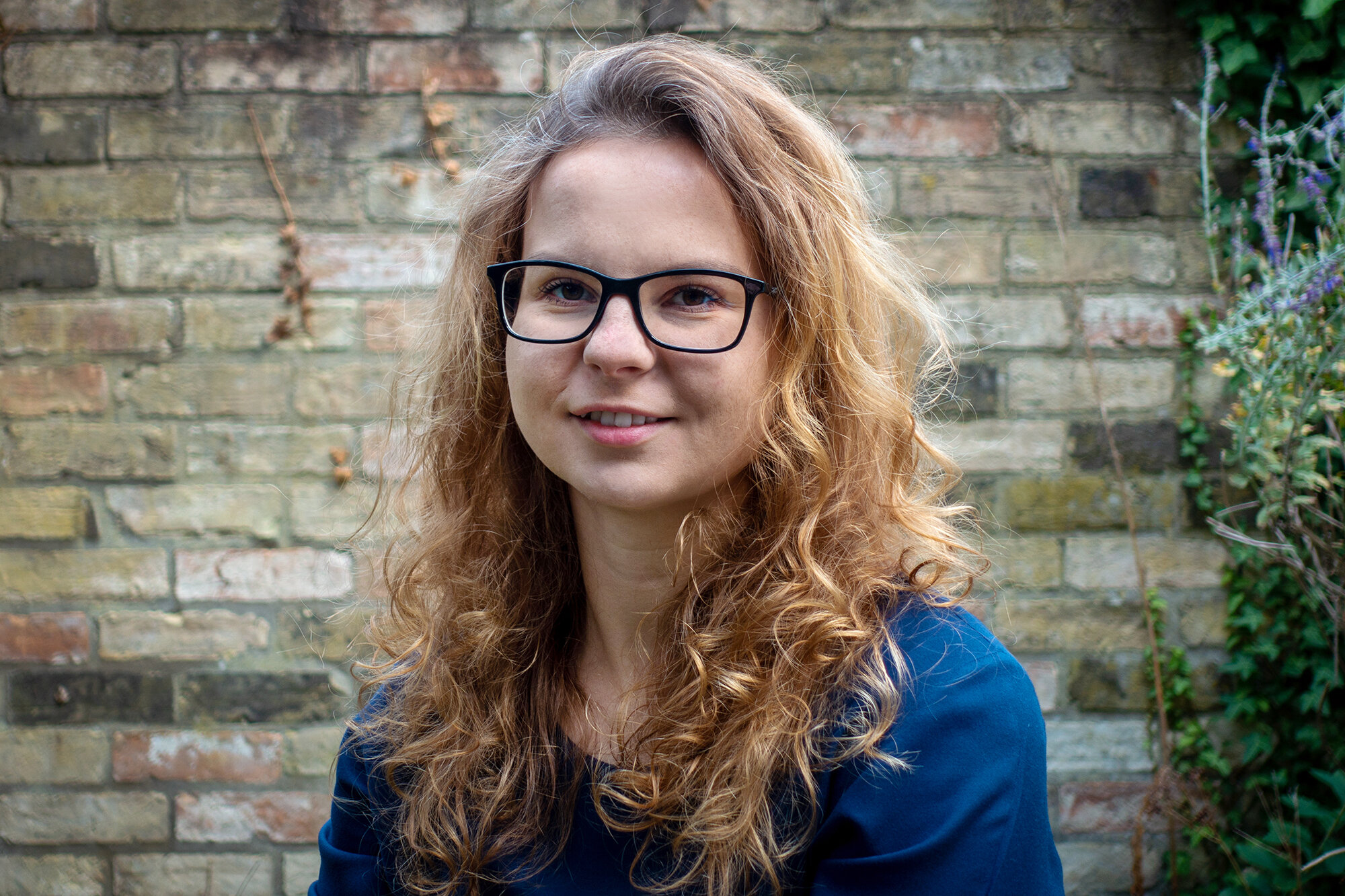
Marta Seczynska, University of Cambridge
Supervisor: Paul Lehner
Mammalian genomes are under constant threat of invasion by viruses and transposons. Marta Seczynska discovered that the epigenetic repressor HUSH has the remarkable ability to distinguish ‘self’ genomic DNA from ‘non-self’ genetic invaders through the recognition and silencing of intron-less DNA. Lack of introns is the essential hallmark of retroelements which replicate through an RNA-intermediate and are reverse transcribed from RNA to DNA prior to genome integration. By silencing intron-less DNA, HUSH controls this reverse flow of genetic information from RNA to DNA, making Seczynska’s discovery of fundamental biological importance. Her findings reveal the existence of a unique genome defence pathway, provide a novel function for introns and have important implications for both genome evolution and therapeutic expression of recombinant DNAs.
Marta Seczynska will soon take up a postdoctoral appointment at Stanford University (USA). She joined the University of Cambridge in 2018 for her doctoral research with a Boehringer Ingelheim Fonds fellowship. She had previously done her undergraduate studies at Jagiellonian University, Krakow (Poland), where she had obtained several academic distinctions.
Featured Publication
Seczynska, M., et al. (Nature, 2022): “Genome surveillance by HUSH-mediated silencing of intronless mobile elements”. DOI: 10.1038/s41586-021-04228-1

Michael Skinnider, University of British Columbia
Supervisor: Leonard Foster
Mass spectrometry is an analytical technique that can be used to measure all proteins or small molecules in any given biological sample. However, it produces highly complex data that can be very difficult to interpret. Michael Skinnider’s research focuses on developing artificial intelligence and machine-learning tools to interpret mass spectrometry data from biological systems. During his PhD, Skinnider used machine learning to identify proteins that physically interact in living tissues. This work revealed how inherited mutations, present in every cell in the body, can cause dysfunction in just one tissue. Skinnider then developed an artificial intelligence platform that could elucidate the chemical structures of small molecules using mass spectrometry and demonstrated how this platform could be used to automatically identify new drugs of abuse.
Before joining the University of British Columbia’s MD/PhD programme in 2015, Michael Skinnider did his undergraduate studies at McMaster University in Canada. Besides being a first author on 26 scientific papers, he was named one of Forbes Magazine’s “30 under 30”.
Featured Publication
Skinnider, M. A., et al. (Cell, 2022): “An atlas of protein-protein interactions across mouse tissues”. DOI: 10.1016/j.cell.2021.06.003
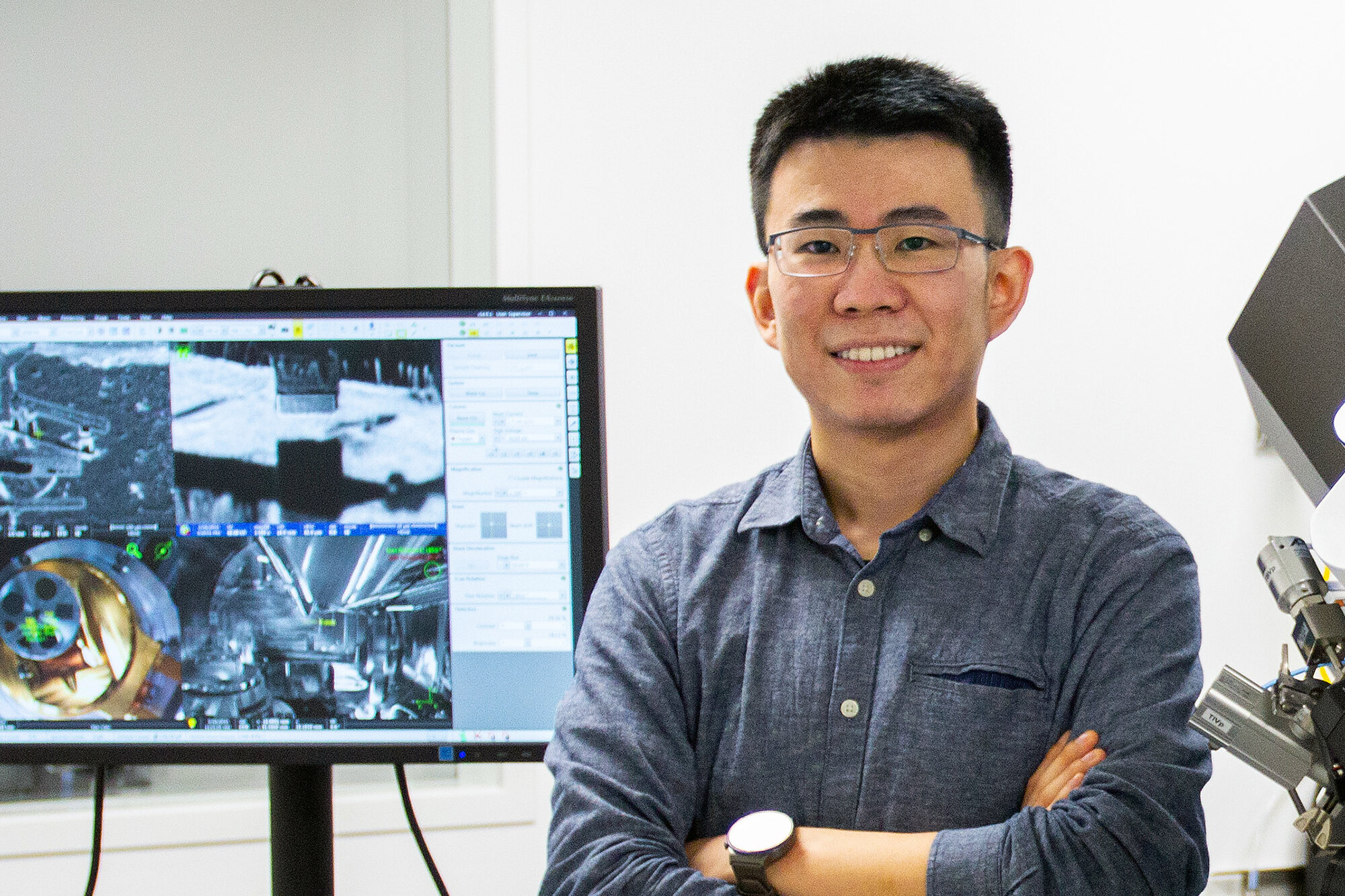
Zhexin Wang, Max Planck Institute of Molecular Physiology
Supervisor: Stefan Raunser
Sarcomeres are the force-generating and load-bearing devices of muscles. To understand their role in health and disease, we need a precise picture of how sarcomeres are built. Zhexin Wang established a new approach to visualise sarcomeres using electron cryo-tomography and cryo-focused ion beam milling and obtained the first molecular picture of mammalian muscle sarcomeres. His 3D reconstruction of the sarcomere reveals the details of the intricate organisation of thin and thick filaments as well as bridging proteins, including a unique double-head myosin conformation. Wang also determined the first structure of a previously "nebulous" muscle protein, appropriately named nebulin, in its native environment. This in situ structure demonstrated the mechanism underlying nebulin's roles in thin filament regulation and the pathogenicity of its defect in skeletal muscle diseases.
Before joining the doctoral programme of the Max Planck Institute of Molecular Physiology in Dortmund (Germany) in 2016, Zhexin Wang did his undergraduate and master’s studies at Imperial College London. He will return to the United Kingdom next month to become a postdoctoral researcher at the MRC Laboratory of Molecular Biology (LMB) in Cambridge.
Featured Publication
Wang, Z., et al. (Science, 2022): “Structures from intact myofibrils reveal mechanism of thin filament regulation through nebulin”. DOI: 10.1126/science.abn1934
Honourable Mentions
Due to the high number of outstanding nominations, many strong candidates could not be acknowledged with an award. The selection committee highlighted an additional five scientists from the shortlist as "honourable mentions" to give them special recognition:
Yinon Bar-On, Weizmann Institute of Science
Research Field: Systems biology
Supervisor: Ron Milo
Barbara Bosch, The Rockefeller University
Research field: Microbiology
Supervisor: Jeremy Rock
Bruno Gegenhuber, Cold Spring Habor Laboratory
Research field: Gene regulation
Supervisor: Jessica Tollkuhn
Adam Jalal, John Innes Centre
Research field: Chromosome segregation
Supervisor: Tung Le
Alessa Ringel, Institute for Medical and Human Genetics, Charite Universitätsmedizin
Research field: 3D genome regulation
Supervisor: Michael Robson
About Max Birnstiel and the Birnstiel Foundation
Max Luciano Birnstiel (1933 – 2014) was a molecular biologist and founding director of the Research Institute of Molecular Pathology (IMP). In this role, he made a major contribution to the exceptional academic standing of the IMP. He retired from his post as director in 1996.
Birnstiel’s research focused on gene regulation in eukaryotes. His lab was the first to purify single genes, the ribosomal RNA genes from the frog Xenopus laevis, in the late 1960s. Birnstiel was one of the first scientists to study how gene expression is regulated. He is also recognised for one of the earliest discoveries of a gene enhancer element, which his lab published in 1980. As a science manager, Birnstiel was a visionary who not only set the IMP on track to achieving research excellence, but he was also a vital force behind raising the profile of the Vienna BioCenter, now one of Europe’s most dynamic life science hubs with more than 2,650 people from 80 countries, working in 141 research groups and over 30 biotech companies.
Throughout his life, Max Birnstiel was a supporter of young talent and fostered an egalitarian culture at the IMP. It was in this spirit that a foundation bearing his name was set up in 2018. The Max Birnstiel Foundation co-funds initiatives and activities that support young scientists in molecular life sciences, such as the Vienna BioCenter Summer School and the International Birnstiel Award for Doctoral Studies in Molecular Life Sciences. www.maxbirnstiel.org, www.imp.ac.at/birnstiel-award
See these and all past awards...
